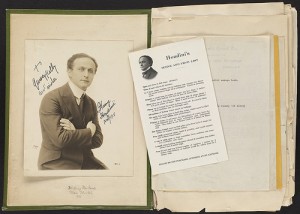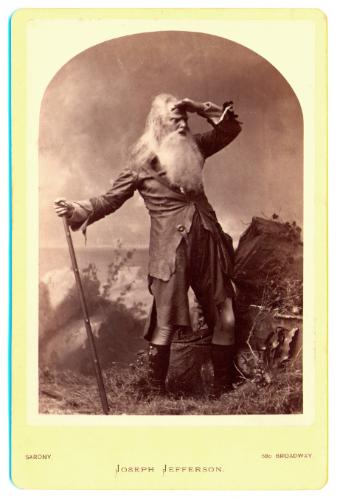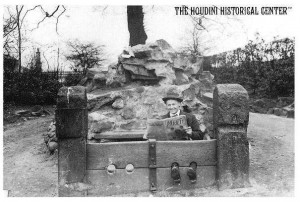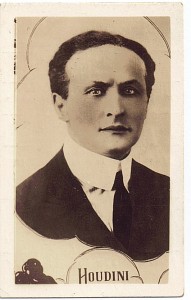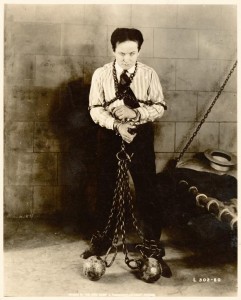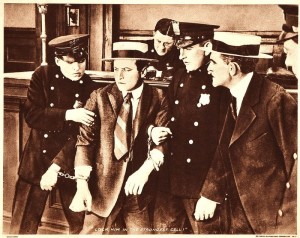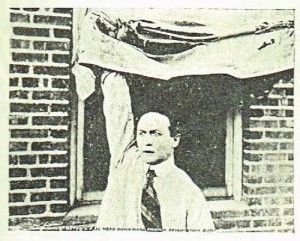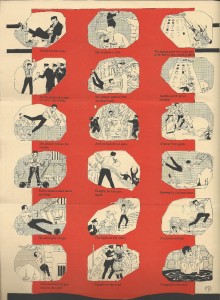 Last night I was having dinner with a friend who is a police officer and we were discussing Houdini and his handcuff act. I casually mentioned that when I was a kid, I
Last night I was having dinner with a friend who is a police officer and we were discussing Houdini and his handcuff act. I casually mentioned that when I was a kid, I
use to get out of handcuffs. That was my first mistake. He took out a pair of S&W’s and said, do you think you could get out of these. I told him that Houdini would always need to verify that the Handcuffs were in good working order, before he would accept a challenge. He showed me how they worked, including the double lock. I then tried the lock. I told him that it has been a long time and that I probably couldn’t get out if they were double locked. That was my second mistake; before you know it, the cuffs were on my wrists but at least he didn’t double lock them on me. I retired to my Houdini Ghost House (aka the bathroom). To my surprise, I was able to slip one of the cuffs; I tried the second one, but no can do. With one hand free, I was able to pick the
other cuff via a method I used when I was a kid. I returned to the dinner table and handed the cuffs to my friend.
 You can imagine the look on his face; he then proceeded to slap the cuffs on me again, but this time he put them on tighter and double locked them. Now I was in trouble, I retired to the Houdini Ghost House again. I tried to pick them again, and the pick got jammed in the cuffs; I was afraid it was
You can imagine the look on his face; he then proceeded to slap the cuffs on me again, but this time he put them on tighter and double locked them. Now I was in trouble, I retired to the Houdini Ghost House again. I tried to pick them again, and the pick got jammed in the cuffs; I was afraid it was
going to break off and I would be buying him a new set of handcuffs; luckily I was able to use my teeth and get the pick out, but I couldn’t get the cuffs open because they were double locked. I then switched to a method that always worked for Houdini; See Houdini’s Strange Power over Locks. With the cuffs free from my wrists, I returned them still double locked to my amazed friend.
I am now retiring my handcuff act.

